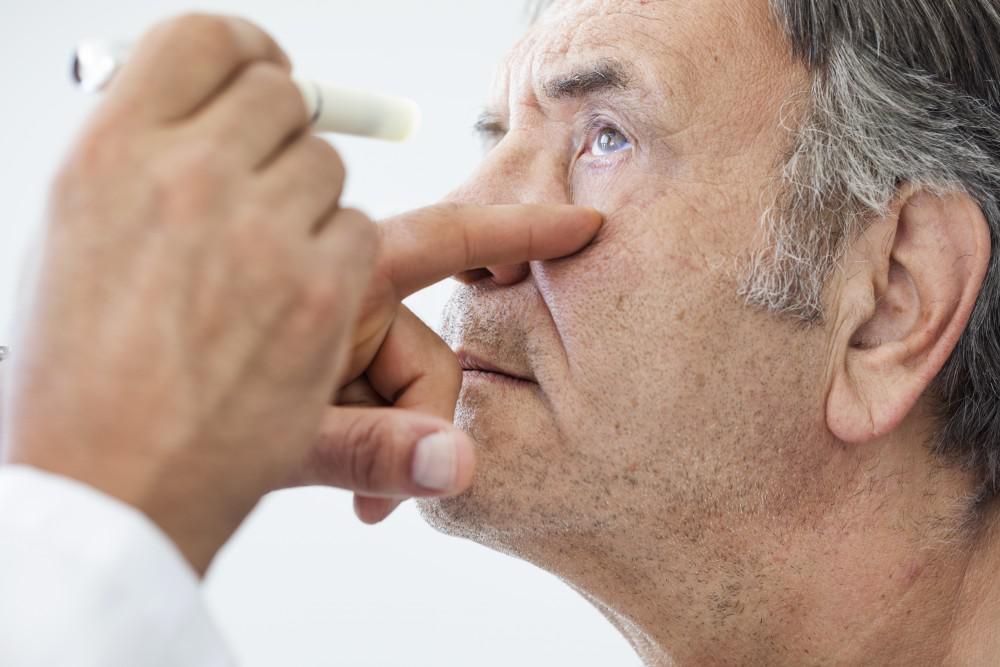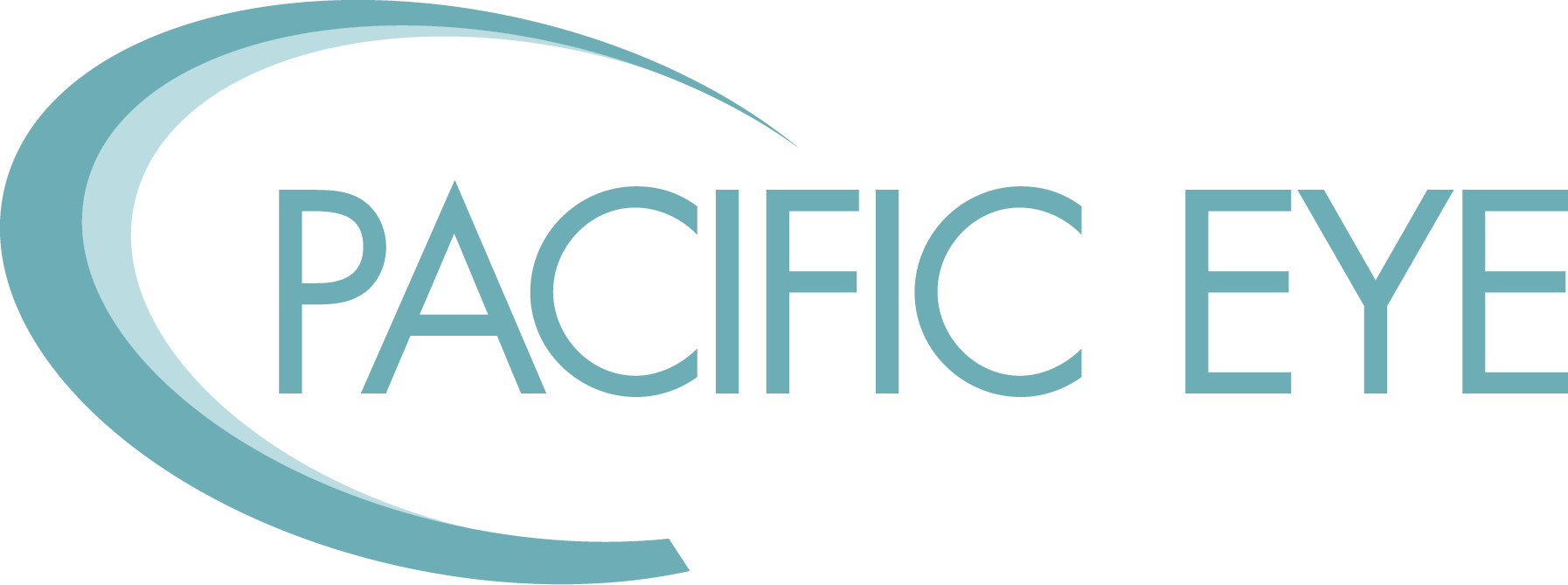
Cataracts are a common, age-related eye condition. When you’re young, the lens of your eye is clear and it transmits crisp images to your retina. Your lenses harden and get denser as you get older, and tissues begin to break down. Cataracts form as these tissues clump together, clouding the lens.
Cataracts develop slowly, so you might not notice vision changes at first. More than half of people over age 75 have vision loss due to cataracts, and if left untreated, they can cause blindness.
The good news is that cataract surgery is a safe and effective way to restore your vision. At Pacific Eye, our team of ophthalmologists provide comprehensive cataract care.
We specialize in diagnosing and treating cataracts, and we’re here to help you learn to recognize the early signs of cataracts so you can see better.
Warning signs of cataracts
Cataracts form as the lenses in your eyes age. Proteins naturally occur in your lenses, but they break down over time and can begin interfering with your vision. As cataracts get worse, you might notice signs including …
Cloudy vision
Cloudy vision is one of the most common signs of a cataract. As proteins in your lens break down, they form a cloudy film. Many people with cataracts compare this symptom to looking through a foggy window.
Along with clouding vision, cataracts can make colors appear faded. Protein buildup is often yellow or brown, and it can make light coming into your eye have a yellowish tint.
Double vision
Cataracts can make vision blurry or doubled even if you’re wearing glasses or contacts. Double vision may only appear in one eye, but simple tasks like reading or focusing on someone’s face can become challenging.
Changing eyeglasses prescriptions with no improvement in the quality of your vision could indicate cataracts.
Poor night vision
Cataracts change the way light enters your eye. Lights often appear brighter, and brighter lights may make your eyes more sensitive. Increased contrast at night makes seeing at night difficult for people with cataracts, especially when driving.
If you’ve noticed that you have a hard time seeing or driving at night, it could be a sign of cataracts.
Halos or glares
If you see halos, rings, or glares around lights, a cataract could be to blame. This symptom may be most apparent when driving at night, if streetlights and the headlights of oncoming cars obscure your vision, but halos can appear during the day too. Glares and bright lights can also make your eyes hurt.
Improving your vision with cataract surgery
If your vision isn’t as clear as it once was, make an appointment for an eye exam. Our ophthalmologists are trained to identify and diagnose cataracts with a comprehensive visual exam. If you’re diagnosed with cataracts, we may recommend cataract surgery.
Cataract surgery involves removing your damaged lens and replacing it with a prosthetic one. Called intraocular lenses (IOLs), they’re crystal clear and can enhance the quality of your vision.
We have a range of IOLs to meet the needs of our patients, and we work with you to select the best option for your eyes. IOLs can treat cataracts, but they can also address other vision problems like nearsightedness, farsightedness, and more.
Don’t settle for cloudy, dull vision. Learn more about your cataract treatment options at Pacific Eye. Contact us online or over the phone for an appointment.







